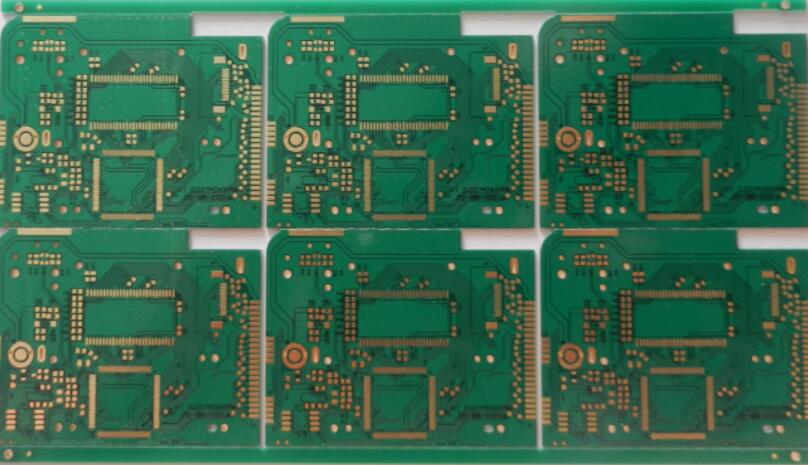Porcelain PCB opens a new channel for OLED soft display
The Holst Centre, a Dutch research institute, exhibited the first large-size flexible organic light-emitting diode (OLED) based on ceramic PCB in history; researchers hope that this flexible OLED manufactured on ceramic PCB can be used for display applications A new door.
Researchers at Holst Centre manufacture it on a ceramic PCB with a thickness of only 20-40μm. Compared to metal foil or soft glass, soft ceramic PCBs have always been considered easier to handle, and are inherently moisture-proof and capable of high temperatures up to 1000°C.
The characteristics of these materials help to simplify the manufacture of OLED flexible components, because it only needs the top moisture-proof layer to protect the OLED layer deposited on the ceramic PCB; in contrast, the plastic OLED is used in each layer. A protective layer is required on both sides.

According to the test conducted by researchers on a 120x25mm OLED prototype, only a layer of thin film package deposited directly on the top by Holst Centre through plasma enhanced chemical vapor deposition and several layers of printing can make ceramic PCB-based OLEDs lower than Water vapor transmission rate of about 8.5x10^7 g/m^2 per day.
Compared with the minimum requirement of general commercial devices-WVTR of about 10^-6 g/m^2 per day, the experimental data of Holst Centre is more competitive. If this level can be achieved, it is expected that the display using this flexible OLED can withstand about 10 years before the visible dark spots appear and deteriorate due to moisture.
"It is not easy to achieve such a WVTR, and there are many flexible OLEDs with only a single-sided protective layer that can only reach about 10^-5 g/m^2 per day, which is equivalent to only maintaining a year or less Life span,” said Hylke Akkerman, senior scientist at Holst Centre.
"With such a simple structure, the goal of about 10^-6 g/m^2 WVTR per day has been surpassed. It shows that combining ceramic PCB and Holst Centre directly on the PCB to stack the film package can achieve excellent protection."
Recently, China’s first 6th generation flexible AMOLED production line was mass-produced. After successfully lighting the first flexible AMOLED high-resolution display in May, after less than half a year, BOE Chengdu’s 6th generation flexible AMOLED production line advanced Mass production once again demonstrated the strong technical strength of Chinese display companies to the world at the "BOE Speed".
On October 26, BOE Chengdu's 6th generation flexible AMOLED production line was mass-produced. This is also China's first 6th generation flexible AMOLED production line and the second mass-produced 6th generation flexible AMOLED production line in the world. From the perspective of the industry, this milestone event not only opens a new era of flexible display, but also indicates that Chinese companies are beginning to lead the development of the global AMOLED industry in the new display era.
Of course, this is inseparable from the contribution of ceramic PCB. As a new material in the new era, under the promotion of "Made in China 2025", companies such as Stoner will bravely advance in this wave.